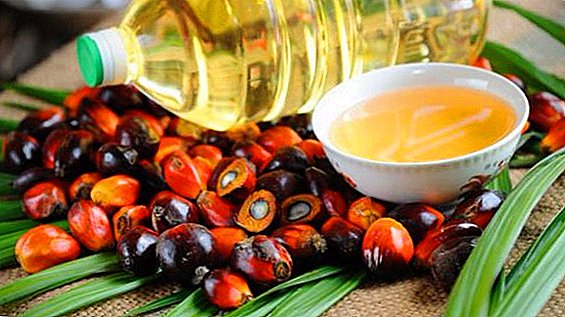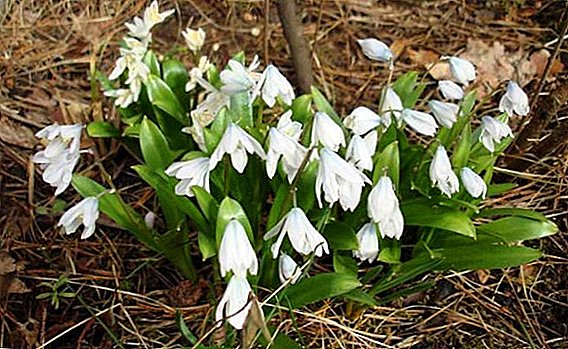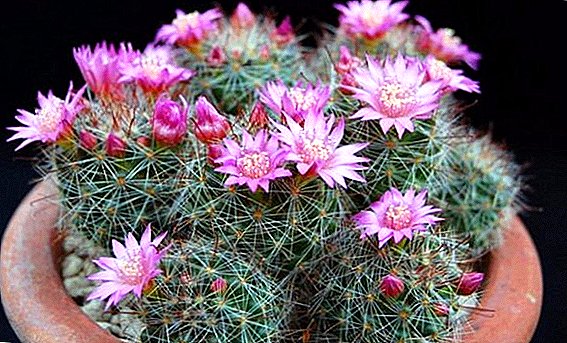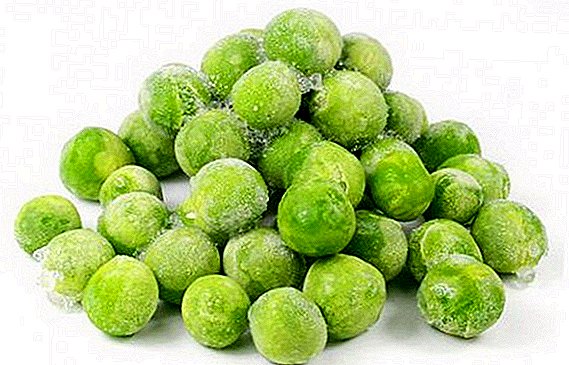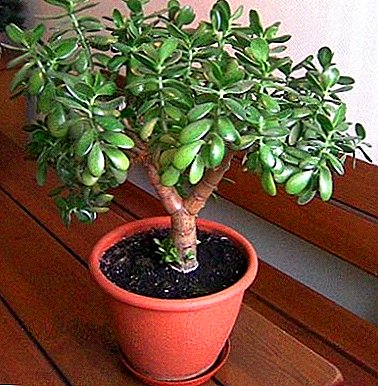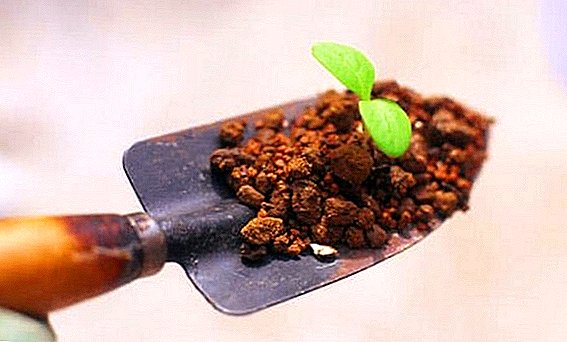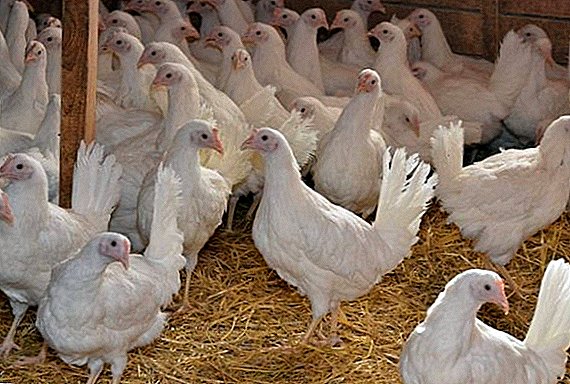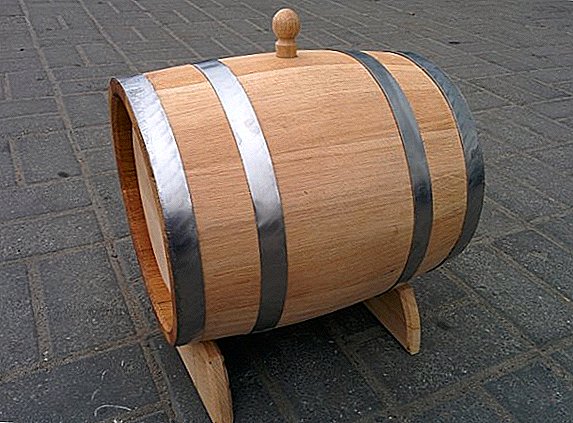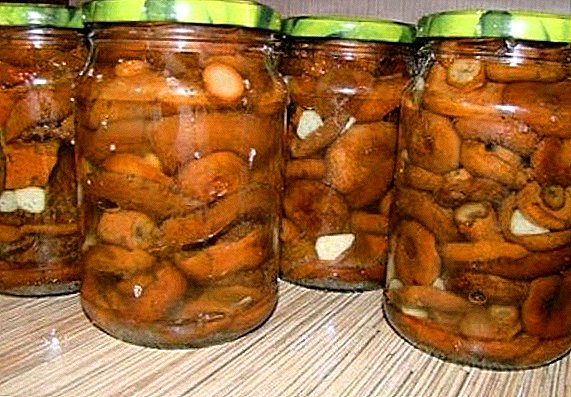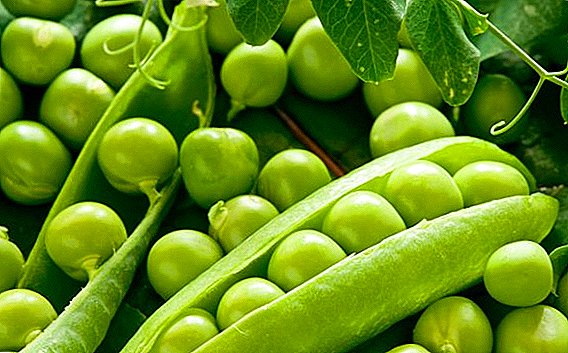 In many gardens and cottages, people grow peas - a very unpretentious plant that gives tender beans with a pleasant taste. Let's try to get acquainted with this green vegetable closer and find out its main advantages and disadvantages.
In many gardens and cottages, people grow peas - a very unpretentious plant that gives tender beans with a pleasant taste. Let's try to get acquainted with this green vegetable closer and find out its main advantages and disadvantages.
Nutritional value and composition of peas
The nutritional value of 100 g of green peas is only 55 Kcal, the same amount of vegetable contains 5 g of proteins, 0.2 g of fat, 8.3 g of carbohydrates and 5.5 g of dietary fiber.
The composition of this vegetable includes many macronutrients, such as potassium, calcium, silicon, magnesium, sodium, sulfur, phosphorus, as well as a number of trace elements: aluminum, boron, vanadium, iodine, cobalt, copper, molybdenum, nickel, tin, selenium, chromium and fluorine. Many people before eating peas often have a question - what kind of vitamins does it contain. The answer to this question can be found in any available source of information, since scientists have long proved that this useful vegetable is a whole complex of vitamins A, C, E, H, PP and Group B. 
Important! Large brown pea seed beans are not suitable for eating, as they are intended for feeding animals.
What is useful peas
With a deeper study of what is in the peas useful, you can find out the main advantage of this vegetable - it is well nourished due to the large amount of vegetable protein, while the body is not burdened by excess calories. The benefits of pea for the body is to improve the activity of the muscles of the heart and the patency of blood vessels.
With enhanced physical activity to restore energy balance and performance will help the beneficial and nutritional properties of peas. The content of difficult-to-digest carbohydrates in peas will add energy for intensive sports and active recreation.
When eating dishes with the content of this legume plant, the beneficial properties of peas for the human body are manifested in the normalization of metabolism. Vegetable protein and various trace elements nourish all important systems of human activity.
The anticarcinogenic effect of peas allows it to be used to protect people from the effects of radioactive substances. This legume plant contributes to the breakdown and synthesis of essential amino acids, which gives the effect of counteracting seizures and manifestations of dermatitis. 
How is boiled peas useful?
Boiled peas are caloric and nutritious, have a pleasant taste and are able to quickly satisfy hunger for a long time. Pea puree has such beneficial properties as the normalization of the work of digestion and the elimination of constipation. Vegetable prevents the indigestion of food, increases appetite and regulates the level of pressure, and also helps to heal from anemia.
Pea porridge contains a large amount of vegetable protein, which is indispensable for building muscle mass and nutrition for vegetarians. Boiled peas saturate with protein, which is necessary for the vital activity and normal functioning of all systems.
Due to the content of antioxidants, pea dry has such beneficial properties as the treatment of skin diseases and the prevention of the appearance of skin problems - for this it is only necessary to boil the pea porridge and have a tasty lunch for it.
Boiled peas are recommended to be eaten by people suffering from atherosclerosis, cardiovascular diseases, and tuberculosis - the nutrients that make up this healing vegetable act similarly to antibiotics, while not harming other human organs.
Did you know? Found petrified pea beans, whose age is more than 10 thousand years.

Can I eat raw peas
Often the question arises, is it possible to eat raw peas? Dietitians cannot give an unambiguous answer, because raw peas reduce the efficiency of the digestive tract, cause irritation of the mucous membranes of the stomach and intestines, and, when they are more sensitive, cause internal micro-ruptures of the mucous tissues. On the other hand, raw peas contain the maximum amount of nutrients, which decreases during heat treatment.
With an acute shortage of vitamin A in the human body, he is shown to use fresh raw peas, the main thing is not to combine his intake with products with a high starch content. Thus, each person personally decides for himself whether he can eat raw peas, taking into account the characteristics of his body and the reaction to this vegetable.
From the insignificant use of fresh peas there will be an undoubted benefit to the body, which will be fed by its vitamins, as well as micro- and macroelements, and larger portions can cause increased gas formation and other troubles.
What else is useful for the peas for the body - regular consumption of 150-200 g of fresh vegetables a week will ease asthma and prevent the occurrence of complications of this disease.
The main advantage of the use of sweet raw peas in small doses for men is to increase sexual desire, normalize the functions of the sexual sphere and effective prevention of prostatitis. 
Important! Of all the varieties of pea germinated is the most useful.
How to use peas in traditional medicine
Folk healers actively use parts of the plant of this legume plant for the treatment of human ailments.
Often used therapeutic agent is sprouted peas, the use of which is manifested in its diuretic effect, as well as the ability to remove small stones and sand from the kidneys. In order for the stones to be reduced in size and painlessly removed from the body, germinated peas are dried, crushed into flour, then 3 tablespoons of the dry mixture is brewed with a glass of boiling water and infused for 6 hours. This broth is taken 100 ml 3 times a day for 15-20 days.
Two teaspoons of flour from sprouts of peas will be useful in getting rid of a headache, if you use them by necessity instead of painkillers, but they can also be harmful if you use a ripe, overdried or spoiled vegetable to make it. A spoonful of flour from sprouted peas will allow you to forget about constipation. 
There is no doubt whether sprouted peas can be eaten, because its regular use will help to reduce blood sugar levels, which is very important for diabetics, to remove toxins and cholesterol from the human body, as well as to prevent the appearance of cancer.
For the treatment of skin diseases it is recommended to use pea flour diluted with water: This medical mixture is applied to areas affected by acne, eczema, boils, for 15 minutes several times a day.
The use of peas in cooking
Peas in cooking used in many countries around the world. Canned peas are a favorite ingredient for salads, snacks and side dishes.
Pea porridge is used as a filling for pies, pies, pea flour make noodles, pancakes and pancakes. There is a mass of recipes for cooking pea soup, both fresh and dry and canned, and the soup can be either in its classic form or in the form of cream soup.
Did you know? In certain years in European countries, pea fruits could afford to eat only very rich people.

How to use peas in home cosmetology
In home cosmetology, peas are used as a rejuvenating agent that stimulates the growth and regeneration of cells, slows down the processes of aging and fading of the skin. For this, eating pea dishes several times a week will suffice.
Pea mashed potatoes applied to the face in the form of a 10-minute mask will improve the complexion, even out the skin relief and nourish it with vitamins.
Washing your pea broth, you can reduce acne and swelling of the face.
Regular consumption of peas and sprouted grains has a rejuvenating effect, improves vision, promotes growth and cell regeneration.
Some women apply finely ground pea flour on their face with a thin layer, thereby replacing the powder.

The use of peas, whether it is possible to harm the human body
We met with peas and learned its many beneficial properties, but we should not forget about contraindications. Taking peas is not recommended for people who have problems with digestion and general bowel condition, as well as for women during lactation, in order to avoid flatulence and abdominal discomfort.
The properties of peas to benefit and improve the appearance of a person are negated for those who are struck by diseases such as thrombophlebitis, cholecystitis and nephritis, since this legume will harm them in the form of exacerbation of diseases.
What is harmful peas for older people and people suffering from gout? The bean substances purines are known for their ability to accumulate uric acid salts - "urates" in the tendons, joints and internal organs of a person, and this aggravates the course of the disease and minimizes the effect of treatment.
Enzyme deficiency and individual allergic reactions are a contraindication for ingestion of peas.
When used moderately, pea dishes are tasty and healthy, and can also diversify the family’s daily menu. In the absence of contraindications and side effects, do not deny yourself the use of this vegetable.


